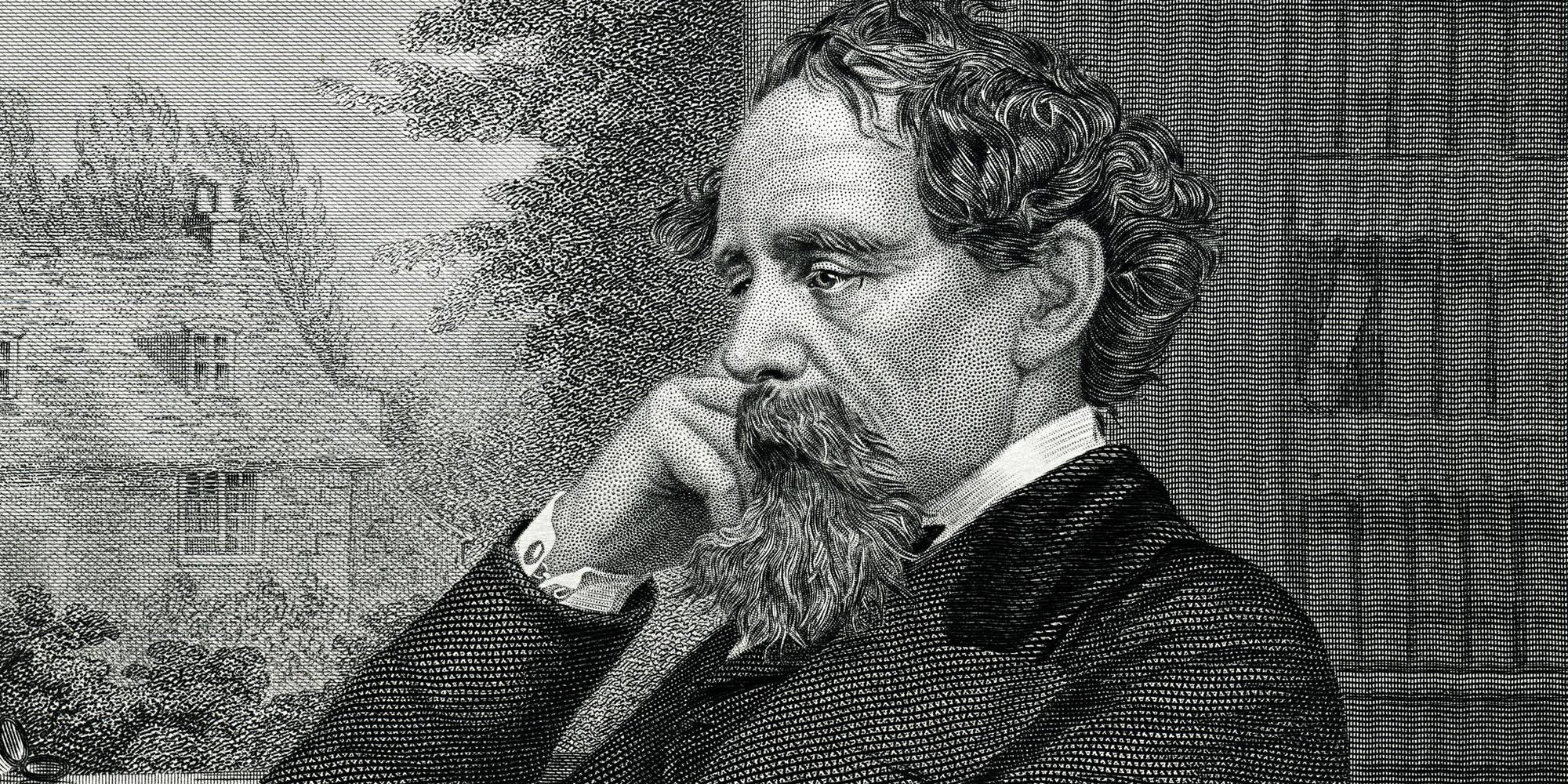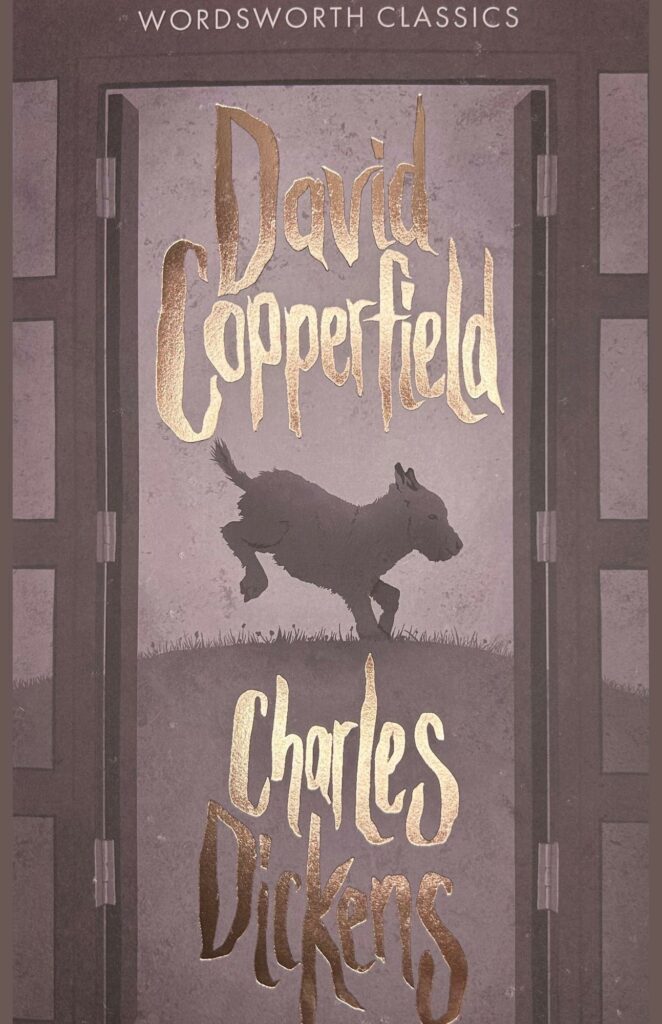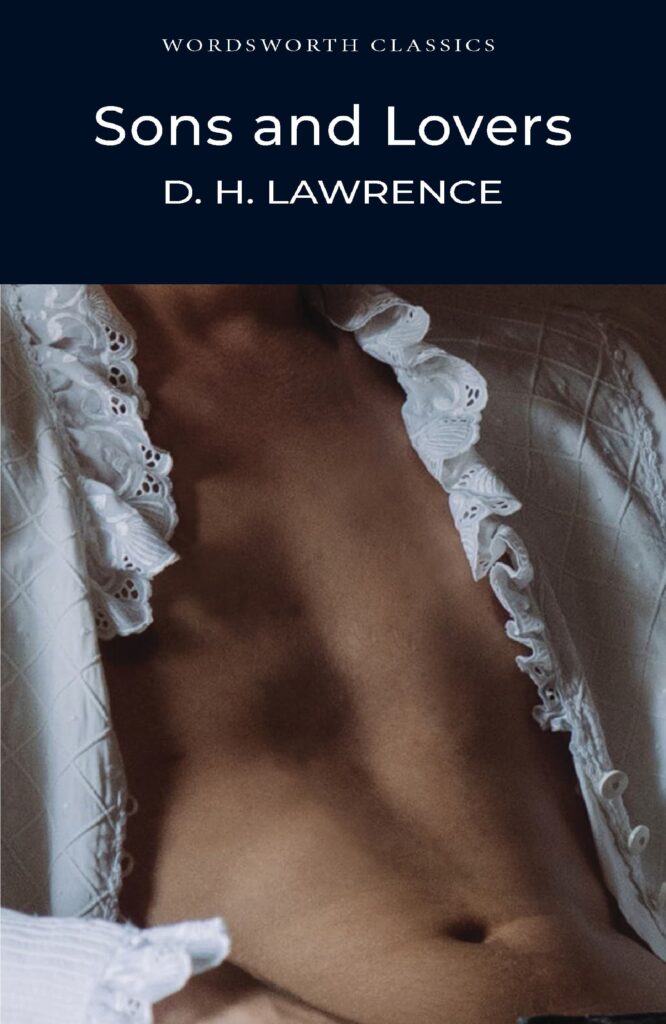
Dickens and Lawrence: A tale of two halves
David Ellis considers how Dickens’ ‘David Copperfield’ and Lawrence’s ‘Sons and Lovers’ both fade after halftime.
Dissimilar though they are in so many other respects, there is one way in which two of the greatest novels in English literature are very like each other. You have to be without a literary bone in your body not to be staggered by the boundless creativity in the first half of David Copperfield. As Dickens vividly evokes the childhood of his hero, engaging fresh characters to spring up everywhere: the eccentric great aunt, the repellent Murdstone’s, the Peggottys down in Yarmouth, Mr Wickfield and his attendant evil spirit Uriah Heep, the Micawbers, the sadistic schoolmaster Creakle but also Steerforth, who in his beginnings is a subtle as well as impressive concept. The list goes on and on until you begin to wonder how any one man can people his canvas so richly, and make all the varied figures with whom he presents to his reader so interesting.
The first half of Sons and Lovers is more narrowly focused and yet, with a far smaller cast of characters, Lawrence can create scenes just as absorbing as those in David Copperfield. Much of the power in both novels comes from their authors have tapped into their own childhood experiences and, in Lawrence’s case, it makes unforgettable the description of the tensions in the Morel household, the birth of Paul, his relations with his sister, the moment when he has to collect his father’s wages, his visit with his mother to the local market or to Nottingham and his early experience of the world of work. These and many other episodes paint a picture of growing up in a working-class environment which was unparalleled when it first appeared and has not been bettered since.
It is impossible to read the first halves of these two novels and not feel that you are in the presence of two great writers. But then, in the second halves, it seems to me hard not to experience some disappointment, given the extraordinarily high standard which has been set. In the case of Dickens, the problem is in part a consequence of his own remarkable inventiveness. The conventions of the Victorian novel demand that all the characters have to receive their just desserts and none should be left unaccounted for. The fact that there are so many of them in David Copperfield means that Dickens’s undoubted talent for ingenious plot construction is stretched to the limit so that even such minor figures as Miss Mowcher or Mr Mell can receive a final word; and that he has to spend more space than is comfortable on exposition. But this is only a minor problem compared with the one associated with sex. Not that there is any sex overtly present in the relationship between the elderly academic Dr Strong and his all-too-young wife Annie; in David’s own relations with his child-wife Dora and then Agnes; or even in Steerforth’s seduction of `little Em’ly’ (it is not so much his physical attributes which are described as attracting her but the possibility he offers of becoming a lady).
In part or perhaps largely because of the conventions of his time, Dickens’s touch becomes very unsure when he has to deal with matters of this kind. He teases his readers with the possibility that Annie has sought and found sexual satisfaction with her cousin Jack, who is her own age, but then makes them feel that they ought to be ashamed of themselves for entertaining improper thoughts by having her exonerate herself completely and declare how wonderful it is to have a husband forty years older than yourself (words that George Eliot was no doubt remembering when she created Casaubon in Middlemarch). `Ruined’ by Steerforth, little Em’ly can only find redemption deep in the Australian bush, where she lives a life of exemplary self-denial, while Dora proves so childishly incompetent in her marriage to David that we are glad to see the back of her so that he can finally be united with Agnes, a conclusion Dickens makes several unsuccessful efforts to persuade us we haven’t always seen coming. It’s not that there isn’t some very fine writing in these accounts (the description of David’s initial infatuation with Dora is especially brilliant), but they involve issues where he is clearly not comfortable and which fail to bring out what he does best.
By the time Lawrence was writing it was possible to be more open in describing what it is that holds men and women together, or how love and sex are related. Paul’s initial problem with Miriam is that fond as he is of her, he cannot conceive they’re ever being married. For Miriam herself, this is because of his morbidly intense attachment to his mother. The third person in the triangle is Clara Dawes who, as a wife separated from her husband, can offer him sex without the need for commitment. Lawrence handles this imbroglio well but if there is a distinct sense of drift and, if various aspects of the situation seem dwelt on too long, it is because there is no obvious solution, even after the death of the mother has been so effective because so harrowingly described. Like David Copperfield, but much more so, Sons and Lovers is an autobiographical novel and there is a problem with the autobiographical form which may affect both works. `Call no man happy until he’s dead’ said the Greeks and it’s hard for many autobiographers to bring their works to a satisfactory conclusion when the later parts of their lives have not (as it were) been finally settled. If Sons and Lovers move too slowly towards its inconclusive end it may in part be because, for most of the period of its composition, Lawrence does not seem to have been sure where, emotionally speaking, he himself would go next. Dickens certainly provides David Copperfield with a firm conclusion but one which feels contrived and may have been at odds with how he truly felt about his own marriage at the time of writing. Here then is just one possible reason, among many more, why it is that when people are asked whether they enjoyed either of these two novels, they are inclined to say: `Very much, especially the first half’.
For more information on David Ellis’s work, visit his website – dellis-author.co.uk
Books associated with this article

David Copperfield
Charles Dickens
